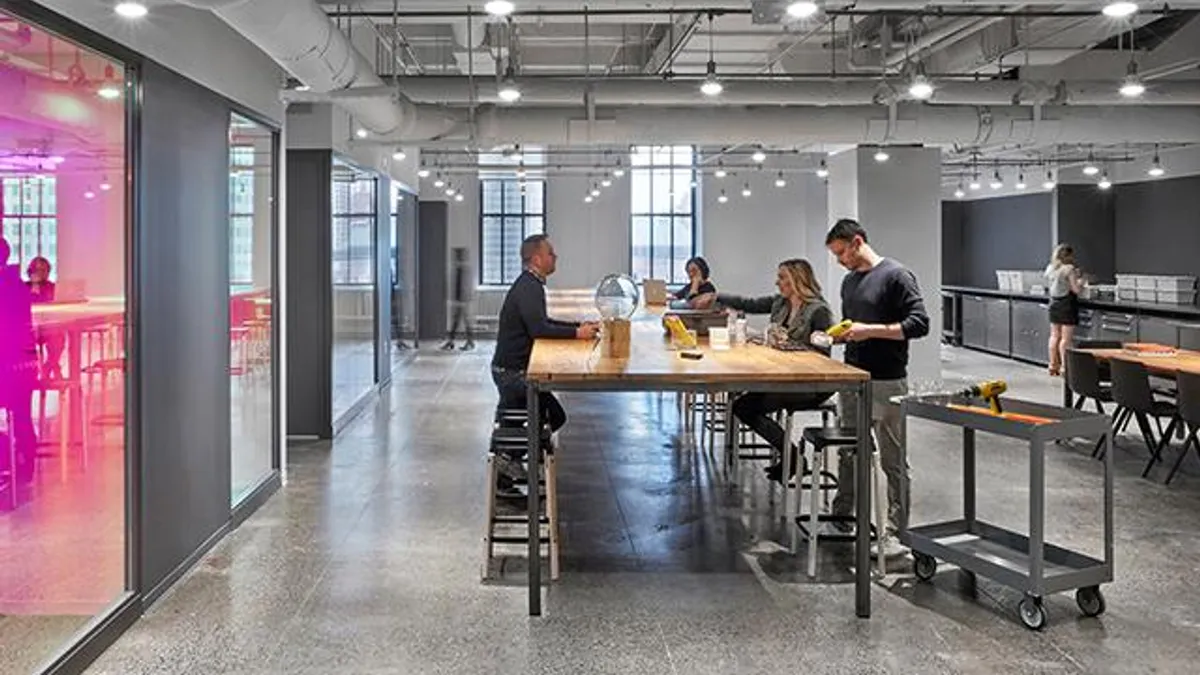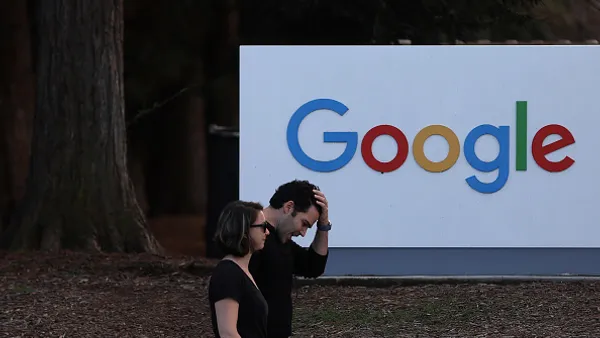"Startups with trust fund parents" is how Verizon's associate general counsel Kelly Whiting referred to in-house agencies during a recent panel discussion that highlighted key promises and challenges of the quickly evolving space — from proximity to business, insights and leadership to cost efficiencies and nimbleness.
In February 2017, Verizon launched the in-house division 140 to unify the telcom's operations and wield more control over the creative process. By doing so, the company joined numerous other brands who have, over the past decade, increasingly taken marketing matters into their own hands, forming in-house divisions and fundamentally reshaping their relationships with traditional agencies around tasks like production, analytics, advertising and more.
Advertisers with these in-house agencies jumped to 78% in 2018 from 42% in 2008, the Association of National Advertisers (ANA) found in an October survey, as they're said to offer brands more agility, efficiency and consistent messaging capabilities in an increasingly fast-paced, digital world.
Despite these potential benefits, in-house agencies can still come with significant risk, said speakers on a panel at ANA's Advertising Law and Public Policy Conference in March.
"There's no agency to blame. It's all on you," said Brian G. Murphy, partner at Frankfurt Kurnit Klein & Selz.
Pepsi's now-infamous Kendall Jenner spot from 2017, for example, resulted in part from a lack of wider perspective that outside agencies can offer.
Verizon's creative core
A key draw for brand's bringing more marketing tasks in house is cost savings and creative efficiencies. Nearly 40% of client-side marketers said in a separate study that cost efficiencies were the primary benefit, ahead of speed, creative expertise, more control and better brand knowledge.
Whiting argues that internal teams are often more efficient because they're already deeply rooted in the company's values, messaging and creative tone, and don't need to communicate that with external partners of the traditional model.
"It's speaking in that one voice and knowing what that one voice is. It's having that institutional knowledge available to you and historical knowledge, and being able to marry that through your message," Whiting said during the panel.
"It's speaking in that one voice and knowing what that one voice is. It's having that institutional knowledge available to you and historical knowledge, and being able to marry that through your message."

Kelly Whiting
Associate general counsel, Verizon
Since its launch, 140 and its 175-person team have worked to develop an integrated production model, which brought about an experience-based rewards program and the company's return to Super Bowl advertising after a seven-year hiatus with a campaign that drove a 367-times lift in positive brand mentions, according to data Verizon provided to Marketing Dive.
While it helps that internal teams are already familiar with a brand's core identity, some efficiencies may also stem from the team's familiarity with each other, easing communication and opening up more seamless collaboration.
"Sometimes, externally, it's difficult being able to connect with a client. When you're in-house, your clients are right there," Whiting said about being able to bump into teammates in the office hallway and work out problems more quickly.
These collaborative environments, Whiting explained, may also boost morale between leadership and more junior talent due to a higher level of familiarity and comfort.
Recognizing when to branch out
While some brands may choose to move their entire marketing efforts in house, many still use external partners to supplement their work. The key to understanding what to keep in house and what to ship out to traditional agencies, Whiting said, is flexibility and thinking realistically.
"I think what 140 is working through with its agencies is the recognition of who does what and when," she said. "It's recognizing what in-house can do well and also recognizing that there are times our agencies have expertise in areas where we may not. We can rely on them to provide guidance."
Some projects require special expertise that the in-house and external teams just don't have, forcing marketers to weigh whether to branch out and embark on what Murphy calls the "freelancer vs. independent contractor conundrum." While brands may have confronted this in other aspects of the business, in-house agencies face a special puzzle when it comes to engaging talent on a temporary basis — especially when it comes to newer marketing tactics like influencers and social media.
"Train early, train often and have good legal forms," he said.















